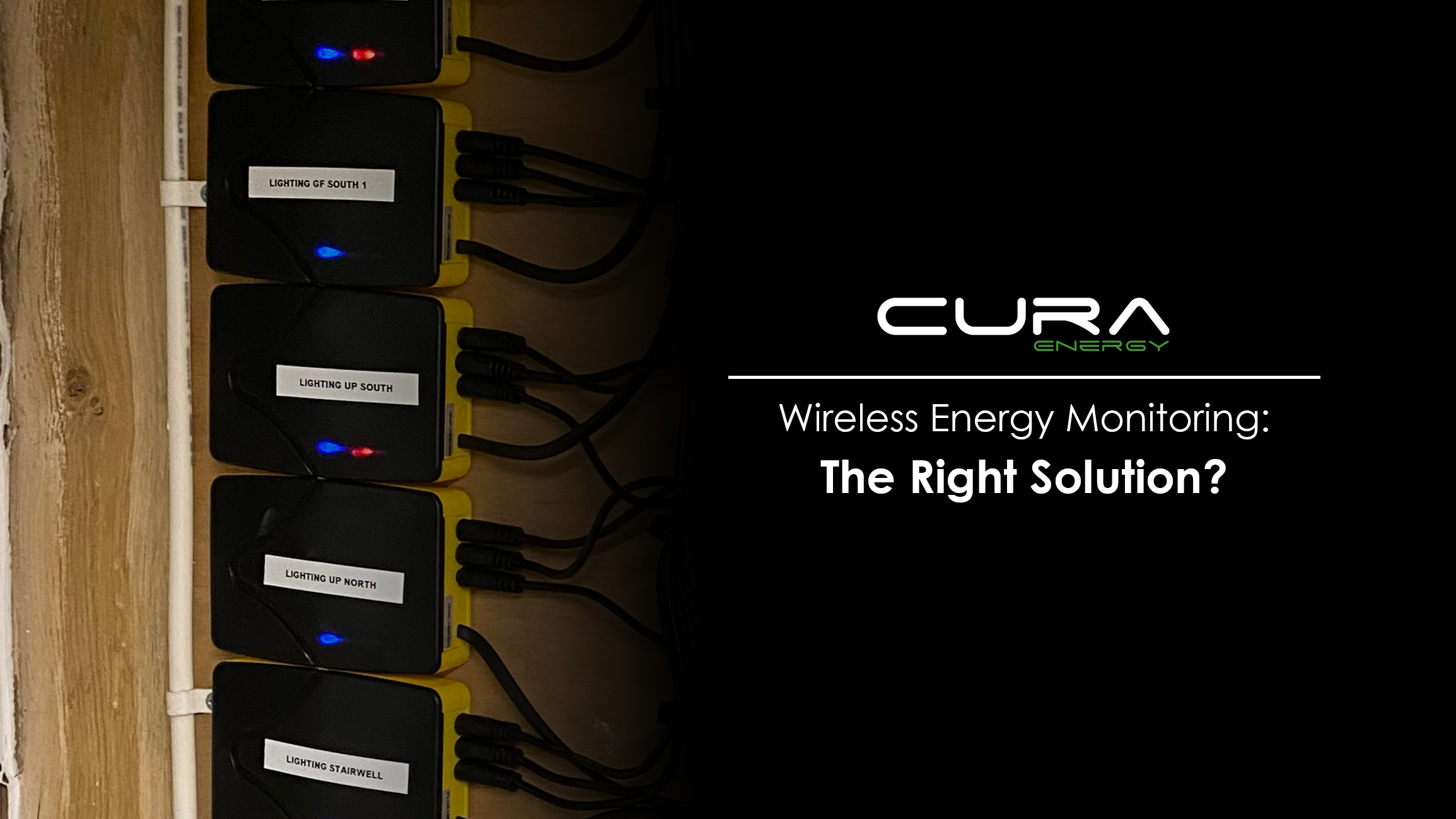Wireless Energy Monitoring Systems: Making the Right Choice for your Building
Using the guidance of our expert team, we will help you to understand how this relatively new technology fits into the world of energy monitoring.
Wireless energy monitoring systems split opinion. So, using our experience installing both wired and wireless solutions for our Clients, we will help you to understand wireless is the right solution for your project.
But first, let’s start with the basics…
What is Energy Monitoring?
Energy monitoring usually comes in the form of a wired energy monitoring system. This system uses a collection of energy sub-meters that are each monitoring different supplies and feeding the information back to a central hub for measurement, analysis, and control.
What is Wireless Energy Monitoring?
Wireless energy monitoring systems eliminate the need for wired metering. As an alternative, they rely on Wi-Fi or radio signals to transfer and display their energy data.
What are the advantages of Wireless Energy Monitoring?
Wireless energy monitoring systems come with an obvious physical advantage due to their lack of physical wiring. This makes them much tidier and can make installation easier, especially retrofit installations.
In retrofit installations, metering is not always directly accessible to engineers and requires a significant amount of disruption to fit. A wireless energy monitoring system can sometimes lessen the amount of disruption quite drastically, as we experienced when we installed a Wibeee device for our landlord and neighbour, Blends for Friends.
What are the disadvantages of Wireless Energy Monitoring?
As well as being the more expensive option, the dependence that Wireless Energy Monitoring solutions have on wi-fi/radio signal can be detrimental to their functionality. In the situation where signal is lost between the meter and the central hub, as can often happen when structural changes occur, data is lost.
Another disadvantage is the inefficiency of wireless signals to penetrate thick walls. In some retrofits, this can present issues.
So, should I be using a wireless solution?
Generally, we like to work with wired energy monitoring systems as we value their reliability.
In new builds, where a wired solution can be fit into the design and installed without major disruption, this is generally what we choose to do. There is still a long way to go for wireless technology to have the same reliability and security as a wired system.
Although, that said, in some situations a wireless energy monitoring system can be a more fitting solution. If you are looking to retrofit your system, a wireless installation can minimise disruption; or, if you are designing a building that is very high, a wireless installation will eliminate the need to run wires across these tricky areas.
To summarise, there is no one answer to the question: ‘Should I be using a wireless energy monitoring system?’. To assess which kind of energy monitoring system that you need (wired or wireless), you must first assess your project’s individual needs. Is the project a retrofit? What are the conditions of the walls/ceilings? Does disruption need to be minimised?
If you are still unsure on the needs of your individual project, you can give us a ring on (01634) 820783 where one of our energy saving experts will be able to help you…
